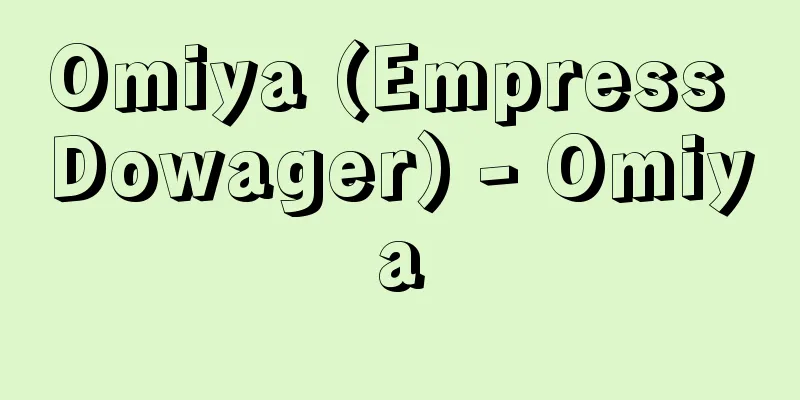Japan-Korea Annexation

|
Japan acquired Korea based on the Treaty of Japan-Korea Annexation, which was promulgated and put into effect on August 29, 1910. As a result of the Russo-Japanese War, Article 2 of the Treaty of Portsmouth (1905) and Article 3 of the Anglo-Japanese Alliance (revised the same year) both recognized Japan's pre-eminent political, military and economic position in Korea, and the Japan-Korea Treaty (the same year) gave Japan diplomatic rights over Korea, making Korea a protectorate under international law and appointing a Resident-General. During this time, there were a wide range of movements, including the Hague Secret Envoy Incident, the assassination of Ito Hirobumi, the stabbing of Yi Wanyong, the Enlightenment Movement, the Righteous Army Movement, and peasant rebellions, but on August 22, 1910, the third Resident-General, Terauchi Masatake, and Prime Minister Yi Wanyong signed the Treaty of Japan-Korea Annexation, and the annexation was forcibly carried out. The eight articles of the treaty included the transfer of governing rights to the Japanese Emperor, the annexation of Korea to the Japanese Empire, the provision of honorary titles and annual salaries to the Korean royal family, honors and benefits to those who made distinguished contributions, the protection of Koreans' bodies and property in accordance with Japanese law, loyalty to Japan, and the appointment of Koreans to government positions. There were pro-Japanese groups such as the Iljinkai group and other groups that supported the annexation, but former government officials and aristocrats committed suicide, assassinated pro-Japanese groups, and assisted or joined anti-Japanese volunteer militias. Intellectuals also issued statements of opposition through media outlets and joined the opposition movement. Intellectuals in Russia and the United States also launched speech campaigns in opposition, and foreign newspapers and magazines in Korea also published opposing arguments. However, Japan stationed troops in key locations in Korea, such as Seoul, and established the Government General's Office in preparation for opposition movements, and this marked the beginning of Japan's rule over Korea, which lasted until 1945. Source: Encyclopaedia Britannica Concise Encyclopedia About Encyclopaedia Britannica Concise Encyclopedia Information |
|
1910年8月 29日に公布施行された「日韓併合に関する条約」に基づき日本が行なった韓国領有。日露戦争の結果,調印されたポーツマス条約 (1905) 第2条,日英同盟 (同年改定) 第3条においてそれぞれ日本の韓国における政治上,軍事上および経済上の卓絶した地位が承認されたが,さらに日韓協約 (同年) によって日本は韓国の外交権を獲得し,韓国は国際法上の保護国となって統監がおかれた。その間,ハーグ密使事件,伊藤博文暗殺,李完用刺傷,啓蒙運動,義兵闘争,農民反乱などの広範な運動があったが,10年8月 22日第3代統監寺内正毅と首相李完用の間で「日韓併合に関する条約」に調印がなされ,「併合」は強行された。条約8ヵ条の内容は,統治権の日本皇帝への譲与,日本帝国への韓国併合,韓国皇族らへの尊称,歳費などの供与,功労者への栄爵,恩金供与,日本の国法に従う韓国人の身体,財産の保護,日本への忠誠,韓国人の官吏登用などが記されていた。この「併合」には親日派の一進会などの日韓合邦運動などがあったが,旧官人,貴族層は併合に際し自決したり,親日派暗殺,反日義兵への援助,加入を行なった。また,知識人は言論機関を通して反対声明を出したり,反対運動に加わった。またロシアやアメリカにいる知識人も反対の言論運動を行い,在韓外国人紙・誌も反対の論旨を掲げた。しかし日本は軍隊をソウルなど韓国内要地に配置し,反対運動にそなえ,総督府を設立,ここに 45年までの日本の朝鮮統治が始った。
出典 ブリタニカ国際大百科事典 小項目事典ブリタニカ国際大百科事典 小項目事典について 情報 |
<<: Japan-Korea Protectorate Treaty
>>: Japan-Korea Continental Shelf Agreement
Recommend
Easter - Easter (English spelling)
A Christian holiday commemorating the resurrection...
Tokuyama
Located in the southeastern part of Yamaguchi Pref...
Orientation - Muki
1. The direction or orientation of the wind. direc...
Atmospheric refraction
In astronomical observations, the position of a ce...
Ewins, AJ (English spelling) EwinsAJ
…A strong base, choline acetate. It was isolated ...
Eucharistic procession - Seitai Gyoretsu
The term is a translation of German Fronleichnamsp...
Urshtromtal - Urshtromtal
…After flowing northeastward from Magdeburg, it c...
biopsy
(1) Peripheral nerve biopsy ) The sural nerve is g...
Rose of Sharon - Rose of Sharon
Also known as bee-shrub. A deciduous shrub of the ...
Ryubidan - Ryubidan
A platform at the northern end of the Chodoin at H...
Fishery population - gyogyōjinkou
...However, fishing households are prevented from...
Average
〘 noun 〙 (formerly also called "heigin")...
spastic paralysis
…The appearance of motor paralysis varies dependi...
Lumières (English spelling)
...the general term for an ideological movement t...
Birthday - Tanjoubi
A day to commemorate birth. In ancient Japan, the...









